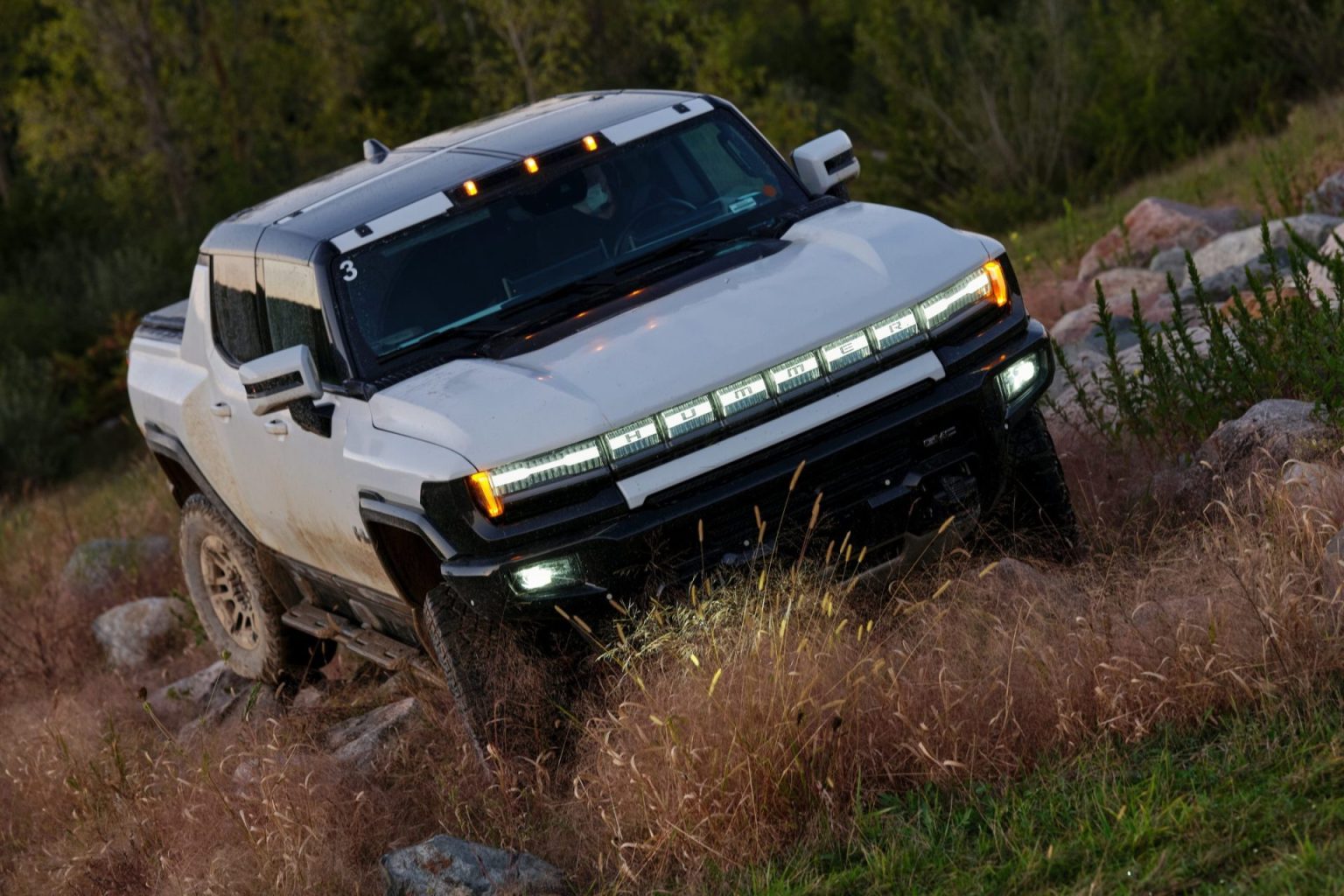U.S. Regulators Warn About the Risks Associated With the Weight of EVs
EVs are becoming increasingly popular as a more environmentally-friendly alternative to traditional Internal Combustion Engine (ICE) vehicles. However, there are also concerns about the weight of these vehicles and the potential risks they may pose on the road.

EVs and Safety Risks
According to a recent article from Yahoo News, a US official has warned about the risks posed by the weight of EVs. The article cites National Highway Traffic Safety Administration (NHTSA) Deputy Administrator James Owens, who stated that “the weight of electric vehicles poses unique challenges for crashworthiness and occupant protection.”
One of the main concerns with the weight of EVs is that they may be more likely to cause severe damage in a collision with a lighter, ICE vehicle. This is because EVs tend to be heavier than traditional cars due to the weight of the batteries and other components necessary for electric propulsion.
Additionally, the weight of EVs can also affect their handling and braking abilities, which could lead to increased risk of accidents. It is important for manufacturers to also consider the safety implications of the weight of their vehicles. As the market for EVs continues to grow, it will be crucial for safety standards to keep pace with the evolving technology, as well as ensure the safety of all motorists, cyclists and pedestrians.
The all-new Hummer EV is the first electrified pickup truck from General Motors. The vehicle boasts a curb weight of around 9,100 pounds, significantly higher than that of traditional pickup trucks, which typically have a curb weight of around 4,000-5,000 pounds.
One of the reasons for the Hummer EV’s high weight is its battery pack. Electric vehicles (EVs) require large and heavy battery packs to store the energy needed to power the vehicle. The Hummer EV’s battery pack is estimated to weigh around 3,000 pounds, which accounts for about a third of the vehicle’s overall weight.
Despite its heavy weight, the Hummer EV is designed to be highly capable off-road. It features a four-wheel drive system, air suspension, and a low-range transfer case, all of which help the vehicle navigate rough terrain.
New Safety Standards for EVs
The NHTSA is currently working on developing new safety standards for EVs to address these concerns. This includes testing the crashworthiness of EVs in various types of collisions, as well as evaluating the effectiveness of EV safety features such as airbags and seat belts.
Despite the weight concerns, EVs are still considered safer than gas cars in general as they don’t have a fuel tank and other parts that can explode in an accident. Furthermore, EVs have instant torque which makes them more responsive and safer in certain situations.
Technology, Entertainment and Safety Systems Inside Contribute to Increased Vehicle Weight
The issue of heavy vehicles is not isolated to EVs. In fact, vehicle weight and size of vehicles have been increasing overall in recent years. One of the main reasons for this trend is the increased use of advanced safety technologies such as airbags, reinforced steel frames, and advanced driver assistance systems (ADAS). These technologies add weight to vehicles, which in turn can make them more challenging to maneuver and control.
The Role Consumers Play In The Increasing Size and Weight of Vehicles
Another factor contributing to the increased weight of vehicles is the trend towards larger and more luxurious vehicles, such as SUVs, crossovers, and trucks. These larger vehicles have more space and features, which also adds to their overall weight.
Consumers also play a significant role in this trend. One of the main reasons for this is that consumers are demanding larger and more feature-packed vehicles. This includes larger vehicles such as SUVs and trucks, which have become increasingly popular in recent years.
One of the main drivers of this trend is the desire for more space and comfort. Consumers are also looking for vehicles that offer more room for passengers and cargo, as well as features such advanced infotainment systems. This has led to an increase in the size and weight of vehicles, as manufacturers strive to meet these demands.
Another factor that plays a role in the increasing size and weight of vehicles is the desire for better performance. Consumers are looking for vehicles that are faster and more powerful, which often requires larger and more powerful engines. This, in turn, leads to an increase in the weight of vehicles.
As consumers continue to prefer larger and more feature-packed vehicles, manufacturers will continue to produce them in order to meet this demand. This creates a self-perpetuating cycle, as the popularity of larger vehicles leads to more availability and choice for consumers.
Larger and Heavier Vehicles Mean Have a Larger Energy and Environmental Impact
The trend towards larger and heavier vehicles also has implications for fuel economy and environmental impact. Heavier vehicles require more energy to move, which can lead to increased emissions and higher fuel consumption.
The NHTSA has regulations that set weight and size limits for vehicles, but these limits have not been updated in decades and don’t take into account the advanced safety technologies that add weight to vehicles.
The weight of vehicles is an important issue that affects not only EVs, but all types of vehicles. As vehicles continue to get heavier, it’s important for manufacturers, regulators, and consumers to consider the implications for safety, fuel economy, and the environment.
Subscribe to Our Weekly Newsletter
Enter your email to get the best of Clean Earth Energy straight to your inbox.
We will never spam you or share your email address with anyone!










